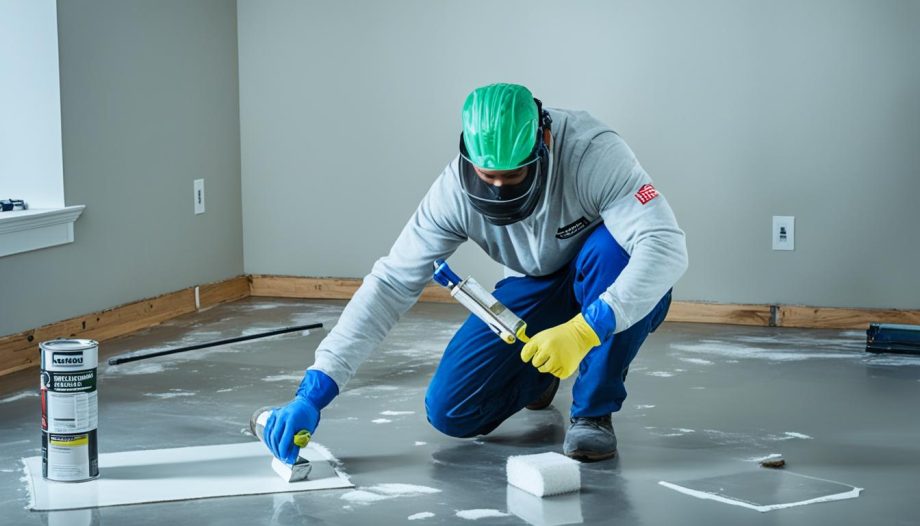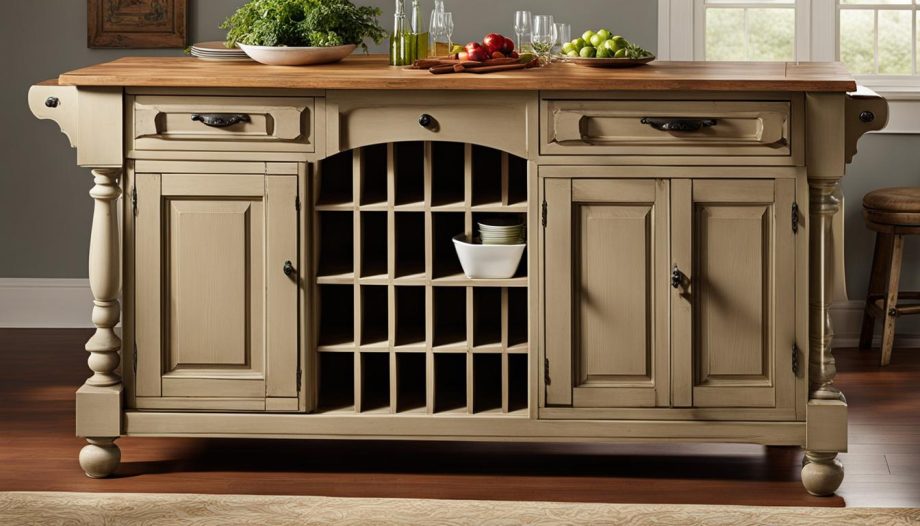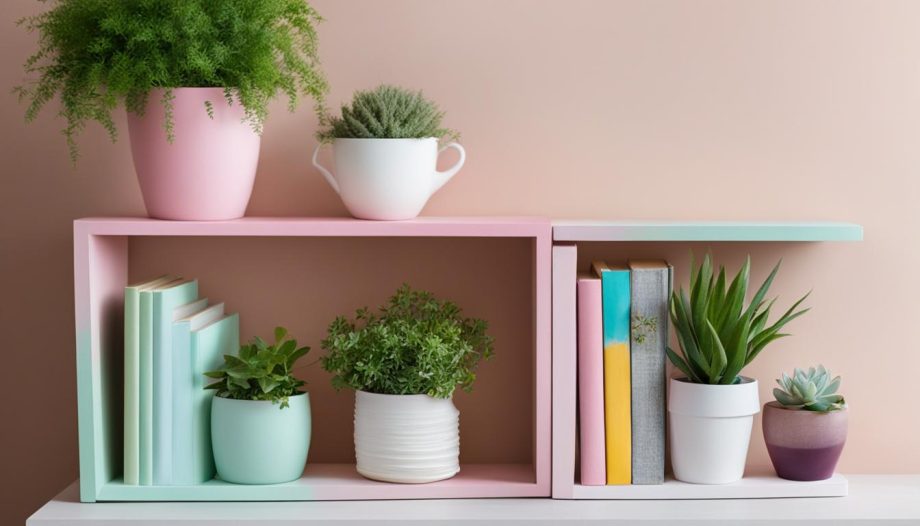The craft of transforming raw metals into exquisite pieces of decorative sheet metal has etched its mark through history, narrating stories of evolution, precision, and aesthetics. Originating from the elaborate work of ancient craftsmen, today’s decorative metal panels and metal wall art represent not just visual grandeur but a reflection of unparalleled craftsmanship refined over the centuries.
Show the process of shaping and embossing the sheet metal into intricate patterns and designs, with the use of specialized tools and machinery. Highlight the use of different techniques such as hammering, stamping, and folding to create a range of textures and finishes on the metal surface. Emphasize the precision and skill required in each step of the process, capturing the craftsperson’s attention to detail and careful handling of the material. Use a warm color palette to convey the warmth and richness of the metal, with hints of metallic sheen to highlight its reflective qualities.
Intricate decorative perforated metal designs now embellish modern architecture, while advanced metal fabrication techniques continue to push the boundaries of what’s possible. Companies like Zetwerk have harnessed these technologies, offering custom metal design solutions that translate abstract ideas into tangible masterpieces of metal artistry.
The Timeless Craftsmanship of Decorative Sheet Metal
The journey of decorative sheet metal is as enduring as it is dynamic, reflecting a rich tapestry of metalwork history melded with modern-day innovation. The use of metal in an architectural setting is not just about function; it has evolved to signify sophistication and artistic endeavor.
Historical Roots: From Ancient Civilizations to Modern Innovations
Embroidering our architectural heritage, the prowess of ancient metalworkers is still mirrored in today’s decorative metal screens and cladding. From lavish Roman motifs to the intricate engravings of the Renaissance, metal has been a canvas for expressing wealth and craftsmanship.
The Evolution of Techniques in Decorative Metalwork
- Repoussé: Pioneered by Romans for raised, intricate designs.
- Engraving: Enhanced detail and precision in patterns.
- Casting and Forging: Structural strength married with decorative flair.
- Innovative Metalwork Techniques: The advent of CAD and modern machinery for bespoke creations.
Modern Applications: From Functional to Aesthetic Uses
Today, architectural metal spans a spectrum of applications, seamlessly integrating functional and aesthetic qualities. Metal cladding not only fortifies the structure but also adds rhythm to the façade of buildings. Moreover, contemporary metalwork, with its lightweight and corrosion-resistant merit, continues to push the boundaries of design.
| Material | Application | Benefit |
|---|---|---|
| Aluminum | Exterior Cladding | Lightweight and Durable |
| Stainless Steel | Railings and Fixtures | Corrosion-Resistant |
| Copper | Decorative Screens | Natural Patina Over Time |
| Brass | Door Handles | Antimicrobial Properties |
Designing and Planning Your Decorative Sheet Metal Project
When it’s time to bring your vision to life through decorative sheet metal designs, meticulous metalwork planning is essential. At the intersection of decorative aesthetics and project functionality, the journey from concept to completion follows a distinct path where each step is crucial for the integrity and beauty of the final product.
Initial stages involve defining the project’s scope and aligning your vision with practical metal fabrication budgeting. A well-delineated plan considers factors such as environmental conditions, location-specific requirements, and structural prerequisites, ensuring the resulting metalwork stands as a testament to both form and function.
Thereafter, material selection shapes the project. Choices range from robust stainless steel for its gleaming modern appeal to softer copper for its classic patina. This part of the process is pivotal, as material characteristics directly influence the design’s sustainability and performance in its destined setting.
Drawing on custom metal design expertise, CAD software emerges as a crucial tool. It allows for the intricate detailing of designs, fostering a harmonious balance between intricate artistry and the technical demands of metalwork.
- Material considerations for durability and aesthetics
- Technique and finish selection to capture the desired style
- Structural calculations to ensure resilience and compliance
- Budget optimization for cost-effective fabrication
Through the integration of Zetwerk’s top-tier metal fabrication components, clients receive bespoke solutions that encapsulate their conceptual dream while respecting economic reality. This meticulous approach ensures the longevity and success of each unique decorative sheet metal endeavor.
Mastering Techniques for Shaping and Forming Decorative Sheet Metal
The journey of crafting decorative sheet metal is a dance of precision and artistry. This transformative process relies on a suite of metalwork shaping techniques that transport a simple metal sheet into an ornate design. To achieve a perfect blend of strength and beauty, artisans harness the power of decorative forging, rendering sturdiness to forms that undulate with visual symphony. The precision of metal bending introduces a third dimension into the planar surface, imbuing the design with life and movement. It’s these meticulous methods—welding for resilience, forging for form, and bending for boldness—that create the signature allure of metalwork in architecture and design.
Welding Intricate Designs for Structural Beauty
At the heart of functional aesthetics in decorative metalwork lies the intricacy of welding designs. Welding, more than just a process of adhesion, is an intimate play between metal and flame, where pieces are bonded to depict elaborate patterns while promising unwavering structural beauty. Accomplished artisans wield their torches with the finesse of a painter’s brush, producing weld seams that are as strong as they are invisible, anchoring the metal’s decorative journey from the workbench to its destined space.
Forging and Bending: Creating Curves and Angles
The elemental force of fire meets the resilience of metal in the age-old tradition of decorative forging. Within the glow of the forge, metal becomes malleable, forging paths for creative expression through bending and shaping. The dynamic process of metal bending requires not brute force, but an understanding of materials and a command of proper tools, such as pipe benders or press brakes. These methods shape ambition into reality, curving and angling metals to conform to the architect’s blueprint or the artist’s imagination.
Finishing Touches: Polishing and Coating for Longevity and Shine
Once formed, the art of metal finishing elevates ordinary surfaces to extraordinary reflections of craftsmanship. Polishing metalwork instills a mesmerizing shine, revealing the underlying beauty of the material. It’s a deliberate and careful enhancement that leads to the final transformation. To ensure coating durability, finishes like powder coating or electroplating are applied, protecting the metal from the elements and extending its lifespan. This culmination of polishing and coating is not just about aesthetics—it is a pledge of longevity, ensuring that the metal’s allure endures through the ages.




